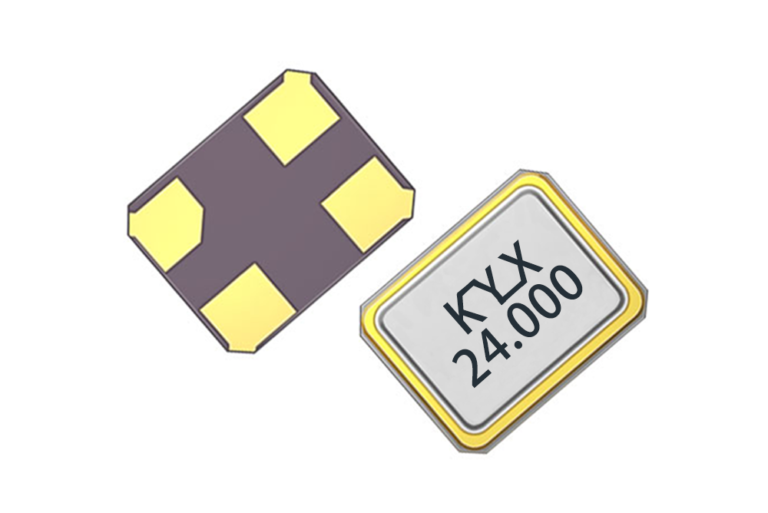1. Introduction to 3225 24MHz Crystal Oscillators
The 3225 crystal oscillator (measuring 3.2mm × 2.5mm) has emerged as a critical component in modern electronic design, striking an optimal balance between miniaturization demands and performance requirements. Among the various available frequencies, the 24MHz specification has gained particular prominence across diverse applications from consumer electronics to industrial systems. This frequency value serves as a fundamental clock source for numerous microcontrollers, wireless communication modules, and digital signal processors, providing the precise timing references necessary for stable system operation .The “3225” designation refers to the component’s standardized package dimensions, which have become a dominant form factor in surface-mount technology (SMT) applications. While manufacturers have developed even smaller packages (such as 2520 and 2016), the 3225 footprint maintains significant popularity due to its optimal balance of compact size, manufacturing practicality, and cost-effectiveness . The 24MHz frequency point has established itself as an industry standard, particularly suited for clock generation in mainstream microcontrollers and wireless communication chipsets that require stable reference frequencies for synchronous operation .These oscillators are available in two primary variants: passive crystals (crystal resonators) and active oscillators. Passive crystals require an external oscillation circuit but offer lower cost and simpler structure. Active oscillators incorporate the oscillation circuit internally, providing immediate signal output upon power application but at a higher cost and with directional installation requirements .



